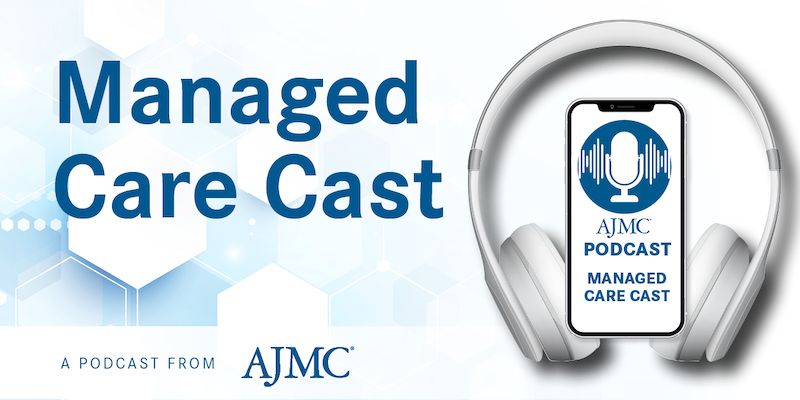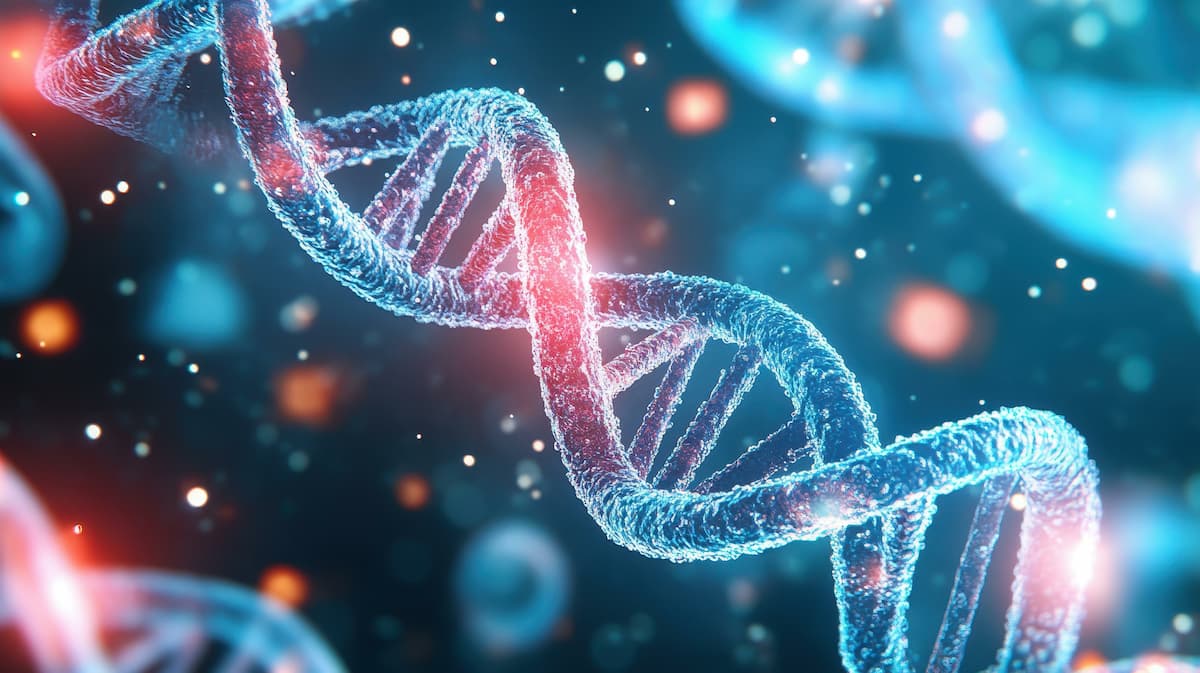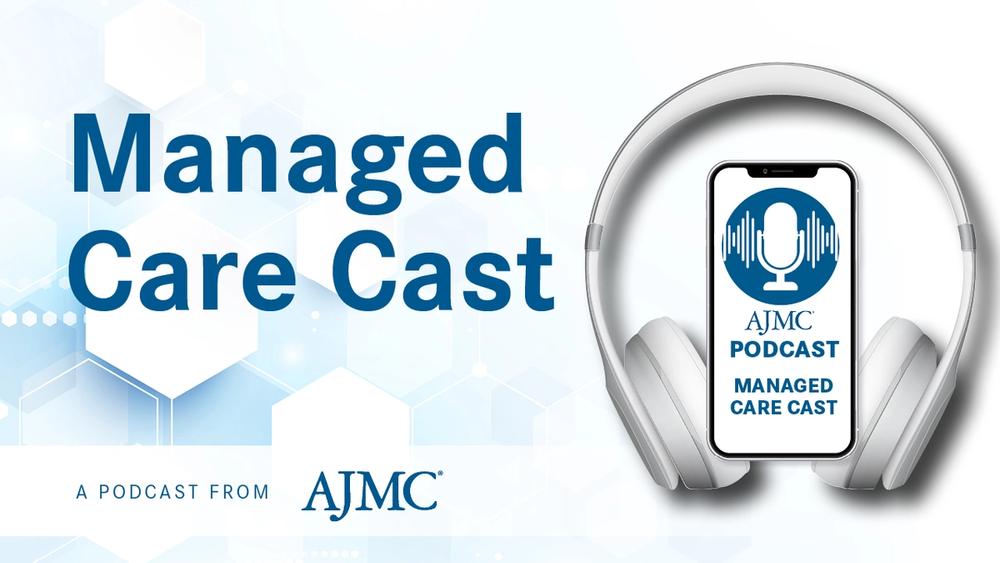Commentary
Video
Increased Awareness, Novel Interventions Spell New Era for MASLD/MASH: Naim Alkhouri, MD
Author(s):
The future of treating metabolic dysfunction–associated steatohepatitis (MASH) looks brighter than ever, says Naim Alkhouri, MD, as data emerges on newly developed interventions.
By the end of this decade, patients with metabolic dysfunction–associated steatohepatitis (MASH) cirrhosis could have their first approved treatment, explained Naim Alkhouri, MD, FAASLD, DABOM, chief medical officer, chief of transplant hepatology, and director of the Steatotic Liver program, Arizona Liver Health. With so many new developments and combination therapies in the works for patients with metabolic dysfunction–associated steatotic liver disease (MASLD) and MASH, Alkhouri holds great optimism for the future of MASLD/MASH treatment.
In his interview with The American Journal of Managed Care® (AJMC®), he explained how the gold standard for MASH management thus far involves a holistic care approach. Simply targeting liver pathology is not enough, he argued. Alkhouri told AJMC that patients experience the greatest improvements when interventions not only target liver health, heart health, and diabetes control, but also pair medications with lifestyle interventions and weight loss goals.
Alkhouri previously discussed the recent advancements and ongoing challenges in MASLD/MASH research. As he continued, he built off these topics and drew attention to innovations on the horizon in MASLD/MASH, and the importance of disease awareness to achieve this progress and enhance patient care.
This transcript has been lightly edited; captions were auto-generated.
Transcript
Where do you see the greatest opportunities for innovation in MASH treatment, and what’s still missing in the current pipeline?
We have a lot of work to be able to make a dent in this epidemic of MASLD and MASH. I think our biggest hurdle is still a lack of awareness and having many patients that may have significant fibrosis—and even advanced fibrosis—that don't have a diagnosis. We need to increase awareness for patients, but also for primary care physicians, endocrinologists, other subspecialists who deal with patients with MASH and significant fibrosis.
We need to also implement screening algorithms on a large scale. Several professional societies now recommend that we utilize the FIB-4 index as a first test to risk stratify patients. This has been around for a few years now, but implementation on a large scale is still lacking. As we said, also, we have an opportunity with the noninvasive tests to improve their positive predictive value and increase our confidence in the diagnosis. I think we need to get to a point also where we replace liver biopsy in clinical trials with noninvasive tests, because now we realize that many of them have prognostic value.
Combination therapy, I think, will be the way to go for patients with F3 fibrosis and patients with cirrhosis. We have very promising new agents now, including a class of medications called FGF21—fibroblast growth factor 21—where we've seen very positive results on fibrosis improvement in up to 75% of patients after 2 years of treatment. And then recently, we also saw promising data on the reversal of cirrhosis, so patients going from stage IV fibrosis to stage III after 96 weeks of treatment with a new agent called efruxifermin, and we have several FGF21 agonists in development including pegozafermin and efimosfermin.
We also have many incretins that are being developed, so similar to semaglutide, the GLP-1 [glucagon-like peptide 1] receptor agonist. We have new medications that target GLP-1, but we also have dual agonists that target GLP-1 and GIP [gastric inhibitory polypeptide], dual agonists that target GLP-1 and glucagon, and we have triple agonists that target all 3: GLP-1, GIP, and glucagon. And these medications are associated with significant weight loss, typically, and some of them can decrease hemoglobin A1c, improve diabetes control, and they have a positive effect on dyslipidemia.
We have other oral medications that target a pathway called de novo lipogenesis, and they target lipid synthesis in the liver. And these medications might be coming before the end of this decade.
I suspect that for patients with advanced disease, we will potentially use combination therapy to make sure that we take them away from the edge of the cliff, and then maybe we can deescalate therapy and maintain them on monotherapy. But I think the future is looking better than ever for our patients with MASH, even those with cirrhosis. I'm fully confident that by the end of this decade, we will have several medications to choose from, and we will have the first medicine to treat MASH cirrhosis.
Newsletter
Stay ahead of policy, cost, and value—subscribe to AJMC for expert insights at the intersection of clinical care and health economics.





